In a recent breakthrough, researchers from Palo Alto Networks' Unit 42 have identified three distinct malware variants that challenge conventional attribution and exhibit rare functionalities. Reported in March 2025, these include a C++/CLI backdoor for IIS servers, a bootkit altering the GRUB 2 loader, and a Windows-based implant named ProjectGeass for cross-platform exploitation. Despite using diverse programming languages and techniques, these malware samples share a common trait: the ability to evade detection through custom development and unconventional deployment methods.
Innovative Malware Techniques
Each malware variant discovered by Unit 42 employs unique strategies to achieve its objectives. The C++/CLI backdoor is designed to operate passively on IIS servers, utilizing a blend of managed and unmanaged code. It incorporates self-contained and external command-line features, AMSI patching, and memory injection to maintain stealth. Meanwhile, the bootkit exploits an unsecured driver to install a custom GRUB 2 loader, which plays the "Dixie" tune while embedding itself in the boot process. ProjectGeass, a nascent red team framework, combines complex functionalities with network communication via static OpenSSL and Boost libraries, enabling operators to perform various tasks across different operating systems.
Key Features of the Malware Variants
- C++/CLI Backdoor: Utilizes memory injection and shellcode-loading routines to evade detection on IIS servers.
- Bootkit: Modifies the GRUB 2 loader using an unsecured driver, potentially disrupting or replacing critical system files.
- ProjectGeass Framework: Facilitates cross-platform operations, including file transfers, keystroke logging, and process execution.
Potential Impact on Systems
The implications of these malware samples are significant, providing attackers with persistent access to IIS servers, deep control at the bootloader level on Windows systems, and comprehensive remote capabilities across multiple platforms. The backdoor's memory injection poses a threat to organizations aiming to detect covert malicious activities. The bootkit's installation could lead to system file disruptions, while the post-exploitation framework enables credential capture, process manipulation, and lateral movement, potentially resulting in data exfiltration across varied environments.
Recommendations for Mitigation
Organizations should take proactive measures to bolster their defenses against these sophisticated threats. Enhancing logging and network filtering on IIS servers is crucial, as is monitoring for unusual disk or loader modifications. Deploying endpoint detection tools capable of scanning memory for anomalies, particularly in .NET or reflective DLL injection scenarios, is recommended. Blocking or removing drivers that permit insecure writes can mitigate bootkit intrusions, while enforcing least-privilege roles can limit the misuse of red team tools. Timely application of security patches and investigation of irregular server activities or aborted boots are essential for early detection of tampering.

